Lindsay Epp
I am a new teacher with a passion for teaching and learning. I am always working to expand my knowledge base, make new connections and help my students do the same!
Playlists
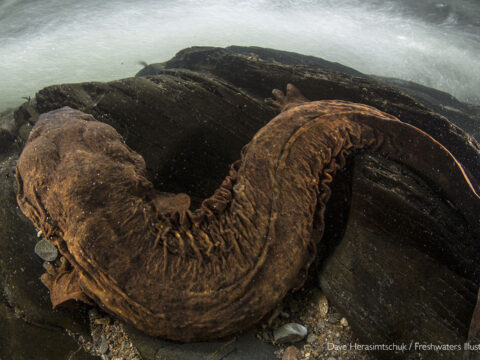
Species at Risk
By Lindsay Epp
In British Columbia, 36% of distinct animal species are labelled "at risk". The first step to conserving our native species and ecosystems is to educate ourselves on these species and the reasons behind their endangerment. Once we know why a species has become endangered, we can begin to take the steps necessary to protect threatened…
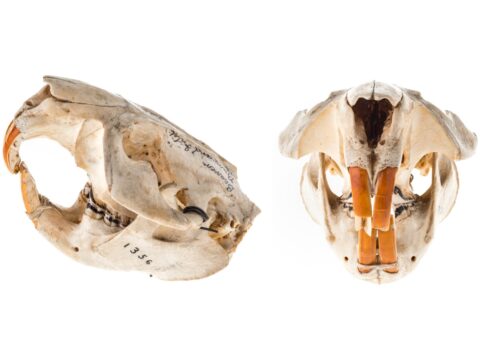
Predator and Prey
By Lindsay Epp
Ecosystems have a natural food chain that maintains balance in nature. Within each food chain there are predators and there are prey. What factors decide who will be the hunter and who will be hunted?

Enemies within?: Japanese-Canadian Internment 1941-1949
By Lindsay Epp
From the attack on Pearl Harbor in 1941 until years after the war had ended, Japanese-Canadians were forced from their homes and into internment camps, most of these in British Columbia.
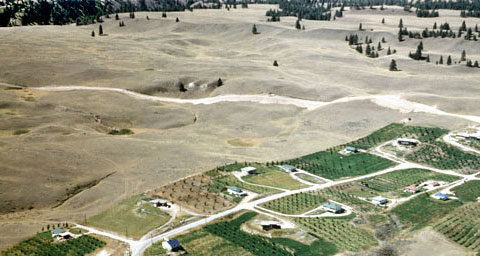
Continuity and Change in B.C.’s Natural History
By Lindsay Epp
In the process of studying events in history, it is tempting to view them as disconnected or isolated. In reality continuity and patterns of change flow through all of history - the natural history of this province is no exception. It is important to think critically about B.C.'s past and present, so that we can create…
Entries
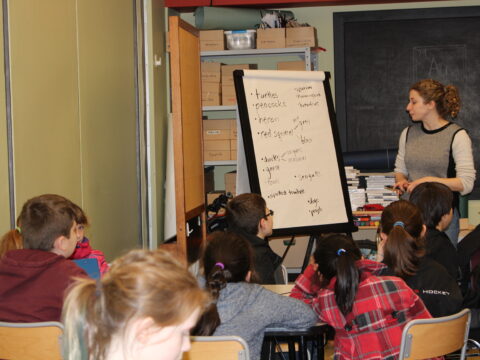
1In 1 playlists
By Lindsay Epp
With RBCM Learning Labs the museum is your classroom for the day. Students at Lochside shared the different species they observed in Beacon Hill park.
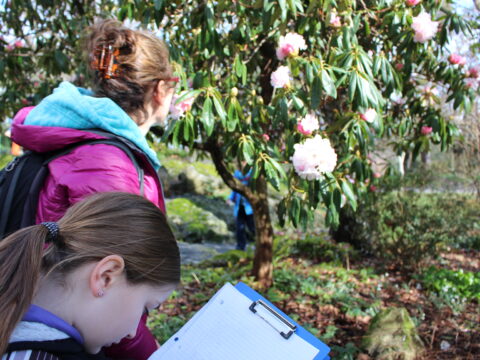
1In 1 playlists
By Lindsay Epp
A student from Lochside Elementary making observations in Beacon Hill Park. How many different species can you find there?
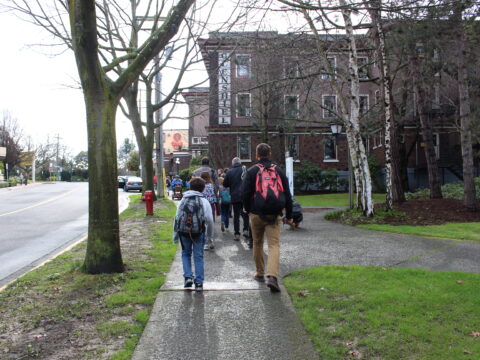
1In 1 playlists
By Lindsay Epp

1In 1 playlists
By Lindsay Epp
Have you ever considered sea stars to be fearsome predators? Click here to watch a pycnopodia chasing an abalone. Do you think the abalone will get away?

1In 1 playlists
By Lindsay Epp
Click here to open up a collaborative "bulletin board" and share which species or ecosystem you would most like to protect.
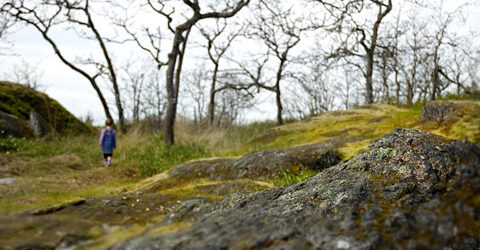
1In 1 playlists
By Lindsay Epp
Garry Oak ecosystems once covered much of Vancouver Islands southeastern coast. Now, only 5% of these ecosystems remain. What does this mean for the hundreds of species that call this ecosystem home? Learn more from the Garry Oak Ecosystems Recovery Team at GOERT.ca.

1In 1 playlists
By Lindsay Epp
This short film (click here to view) illustrates the immediate danger many species around the world are facing. Eastern Hellbenders rely on the health of the streams they live in to survive. This video by Freshwater Illustrated shows that small actions can have a huge impact on ecosystems and the species that rely on them.
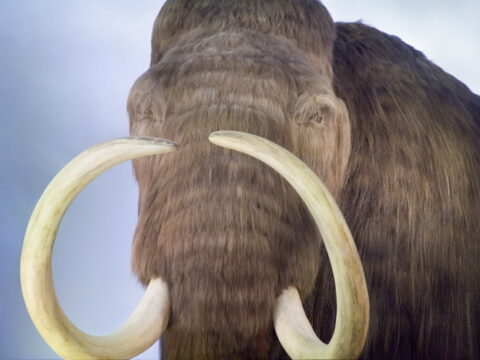
1In 1 playlists
By Lindsay Epp
Woolly mammoths: predators or prey? Think about their main features: their fur, their size, their tusks. The answer might surprise you!

1In 1 playlists
By Lindsay Epp
Students who participate in this program will explore the Natural History Gallery in search of B.C.'s natural predators and prey. Students will be encouraged to ask questions and look closely at the different animals to determine the qualities that help these animals survive, including a hands-on look at animal skulls from our collections.

1In 1 playlists
By Lindsay Epp
Students who participate in this program will explore the Natural History Gallery of the museum through the lens of change. Students will be encouraged to ask questions and think critically about how British Columbia has changed over the years and what our province's future will look like.
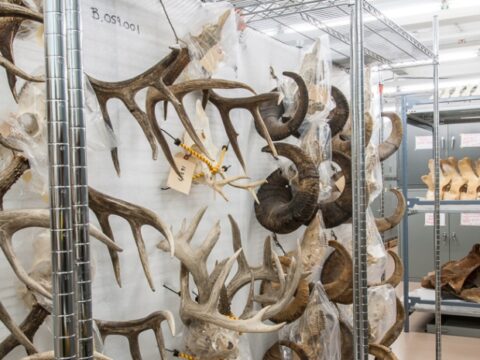
1In 1 playlists
By Lindsay Epp
There are many different kinds of animals that have horns. This picture shows just a few of the horns in the museum's collections. What might an animal use horns for?

1In 1 playlists
By Lindsay Epp
Can you tell what animal this is? Can you guess what it eats by looking at its teeth? There is a lot you can learn just by examining an animal's skull!
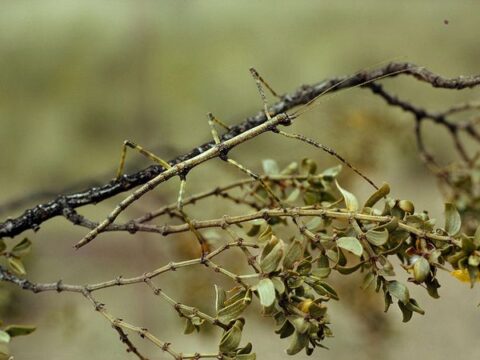
1In 1 playlists
By Lindsay Epp
Can you spot the insect in this picture? Why would animals want to blend in with their environment?

1In 1 playlists
By Lindsay Epp
This full-length episode of Nat Geo Wild highlights the predatory skills of wild dogs. What skills do these dogs have that make them great hunters?

1In 1 playlists
By Lindsay Epp
Animals that are preyed on have developed many skills to help them survive. What skills does this bunny have that help it escape from the cunning weasel?

1In 1 playlists
By Lindsay Epp
Click here to open the WWF Footprint Calculator! The World Wildlife Fund offers a calculator that estimates your carbon footprint. What can you do to reduce yours?

1In 1 playlists
By Lindsay Epp
Explore RBCM's virtual exhibit, Journeys & Transformations to experience some of the diversity of B.C.'s changing landscapes.
Click here to view Journeys & Transformations online. (Photo: Stephen Cannings)
Click here to view Journeys & Transformations online. (Photo: Stephen Cannings)

1In 1 playlists
By Lindsay Epp
Interior B.C. has had its fair share of wildfires in past years, and with the temperatures rising and forests drying out, wildfire risk has only increased. This particular photo was taken in 2012 near Peachland. (Photo: Jeff Basset, Canadian Press)

1In 1 playlists
By Lindsay Epp
When walking through the Forests of the Coast exhibit, try to imagine what these forests might look like in the future. Will our forests be the same in 50 years? 100 years?
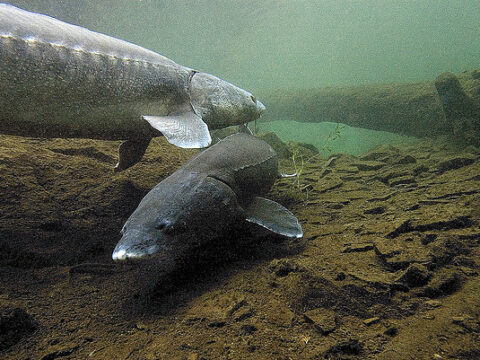
1In 1 playlists
By Lindsay Epp
White sturgeon used to be plentiful in the Fraser River Delta. Now, due to over-fishing and local industrial projects, the white sturgeon population is declining.
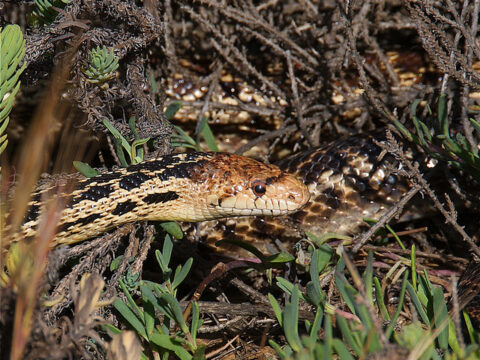
1In 1 playlists
By Lindsay Epp
Some species, such as magpies, gopher snakes, badgers, and black widows, will become more common in B.C. as temperatures rise and they are able to move further north. What effects might there be on existing species when these roaming species spread into their habitat? (Image credit: Jerry Kirkhart)
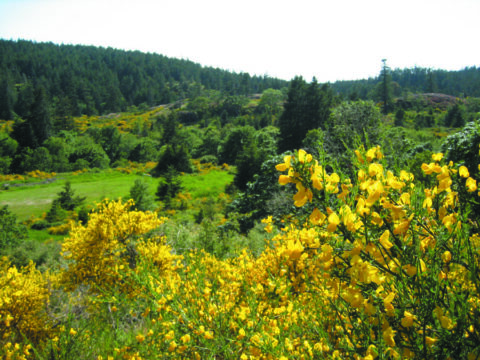
2In 2 playlists
By Lindsay Epp
No, not that kind of alien. Alien species are plants and animals that are foreign to an ecosystem, usually brought by humans whether intentionally or unintentionally. Alien species affect the balance of the ecosystem and can be harmful to the lifestyle of native species. Scotch Broom (pictured) is an example of an alien species in B.C.

1In 1 playlists
By Lindsay Epp
Garry Oak Ecosystems have declined to 5% of their pre-contact size. These ecosystems are home to an amazing diversity of life. However, as the ecosystem has been depleted, the native species have suffered. Remaining Garry Oak Ecosystems are home to over 100 species at risk. Click below to learn more about this delicate system.
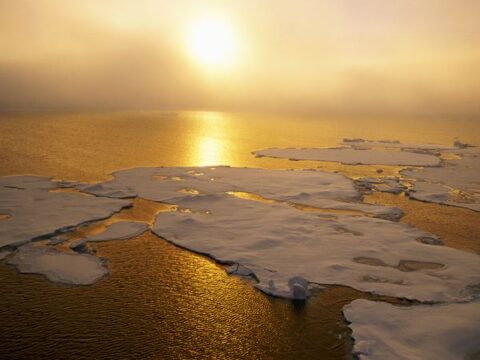
1In 1 playlists
By Lindsay Epp
Global warming is a very real threat to the environment. Dramatic temperature changes have happened naturally in the past (for example, the Ice Age) but these changes occurred over thousands of years. The warming we are experiencing now has happened drastically in the past few decades. National Geographic offers many resources to learn more.
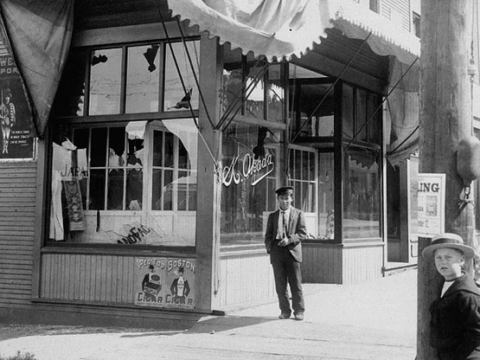
1In 1 playlists
By Lindsay Epp
This image depicts damage done to a storefront in Japantown during the 1907 Anti-Asiant Riots in Vancouver. These riots help to illustrate that racial injustice was nothing new to Japanese-Canadians at the time of internment. (Historica Canada Library and Archives)

1In 1 playlists
By Lindsay Epp
A Japanese-Canadian man is forced to hand the keys of his car over to an official.

1In 1 playlists
By Lindsay Epp
Japanese-Canadian business owners were forced to surrender their businesses and properties to the Canadian Government. Here Yamato Silks tries to clear out inventory with a sale advertisement (Vancouver Sun)

1In 1 playlists
By Lindsay Epp
Fishing boats seized at Annieville dike on the Fraser River, 1942

1In 1 playlists
By Lindsay Epp
Roy Miki, prominent Canadian poet and scholar (currently a professor emeritus at Simon Fraser University) describes the long process of redress in "By Turns Poetic".
From Cultivating Canada: Reconciliation Through the Lens of Cultural Diversity. Edited by Ashok Mathur, Jonathan Dewar, and Mike DeGagne. Ottawa: Aboriginal Healing Foundation, 2011.
From Cultivating Canada: Reconciliation Through the Lens of Cultural Diversity. Edited by Ashok Mathur, Jonathan Dewar, and Mike DeGagne. Ottawa: Aboriginal Healing Foundation, 2011.

1In 1 playlists
By Lindsay Epp

1In 1 playlists
By Lindsay Epp
CRRF document outlining the Japanese-Canadian experience from 1897 to the Mulroney government's redress in 1988.

By Lindsay Epp
David Suzuki is one of Canada's prominent Japanese-Canadians that was forced into internment during WWII. He has spoken about the long-term effects that this period has on himself and his family. This NFB clip shows him visiting the Slocan Valley internment camp where he was interned at six years of age.

1In 1 playlists
By Lindsay Epp
Previously on display in the Royal B.C. Museum lobby, this map depicts the effects that climate change has had on the province.
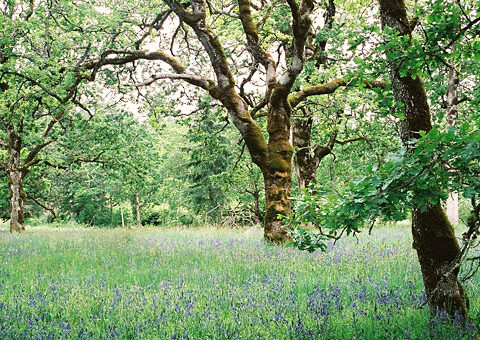
By Lindsay Epp
The Garry Oak and associated ecosystem has been in decline since colonists settled the south-west coast of Canada. Garry Oak ecosystems are hubs of biological diversity. With the destruction of these ecosystems, one hundred of the species that call these ecosystems home are now deemed "at risk".
For more information, visit GOERT
For more information, visit GOERT
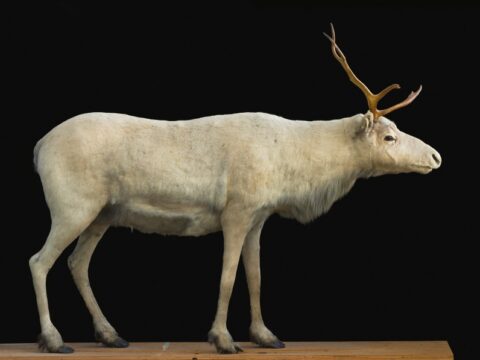
1In 1 playlists
By Lindsay Epp
The Dawson's Caribou is one of many species that roamed British Columbia in the past but is now extinct (and likely has been since 1935). Read more about the Dawson's Caribou here.

